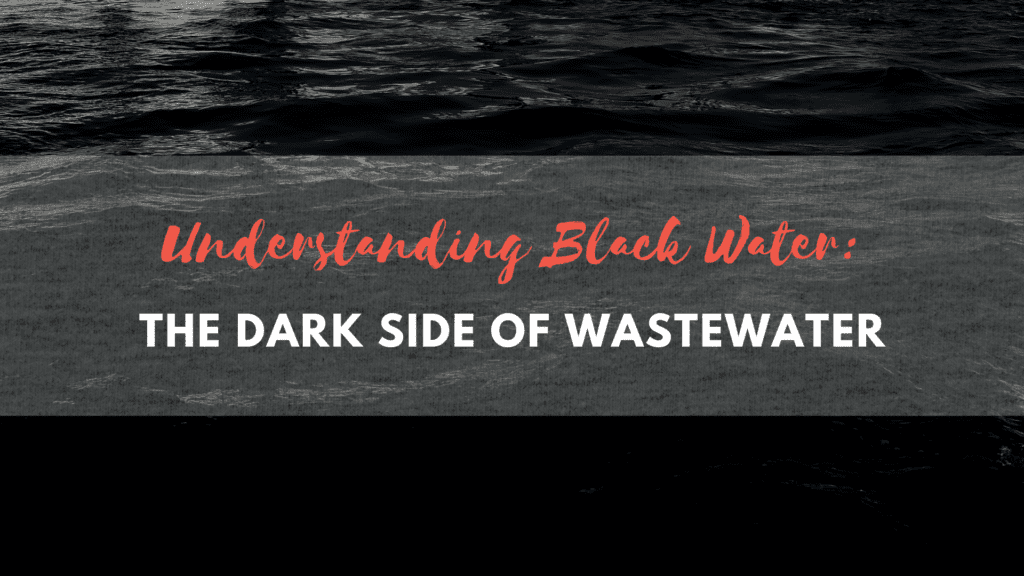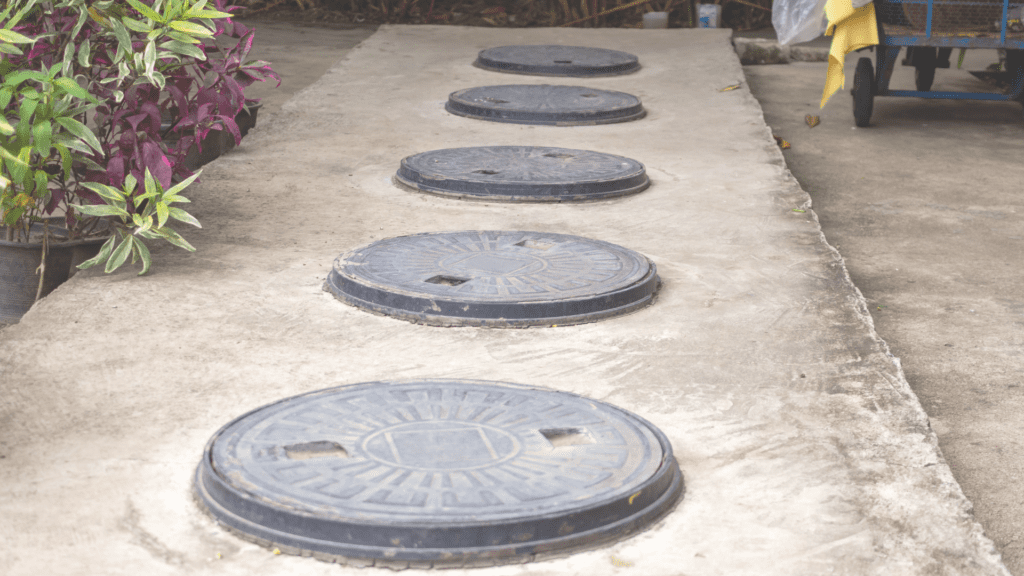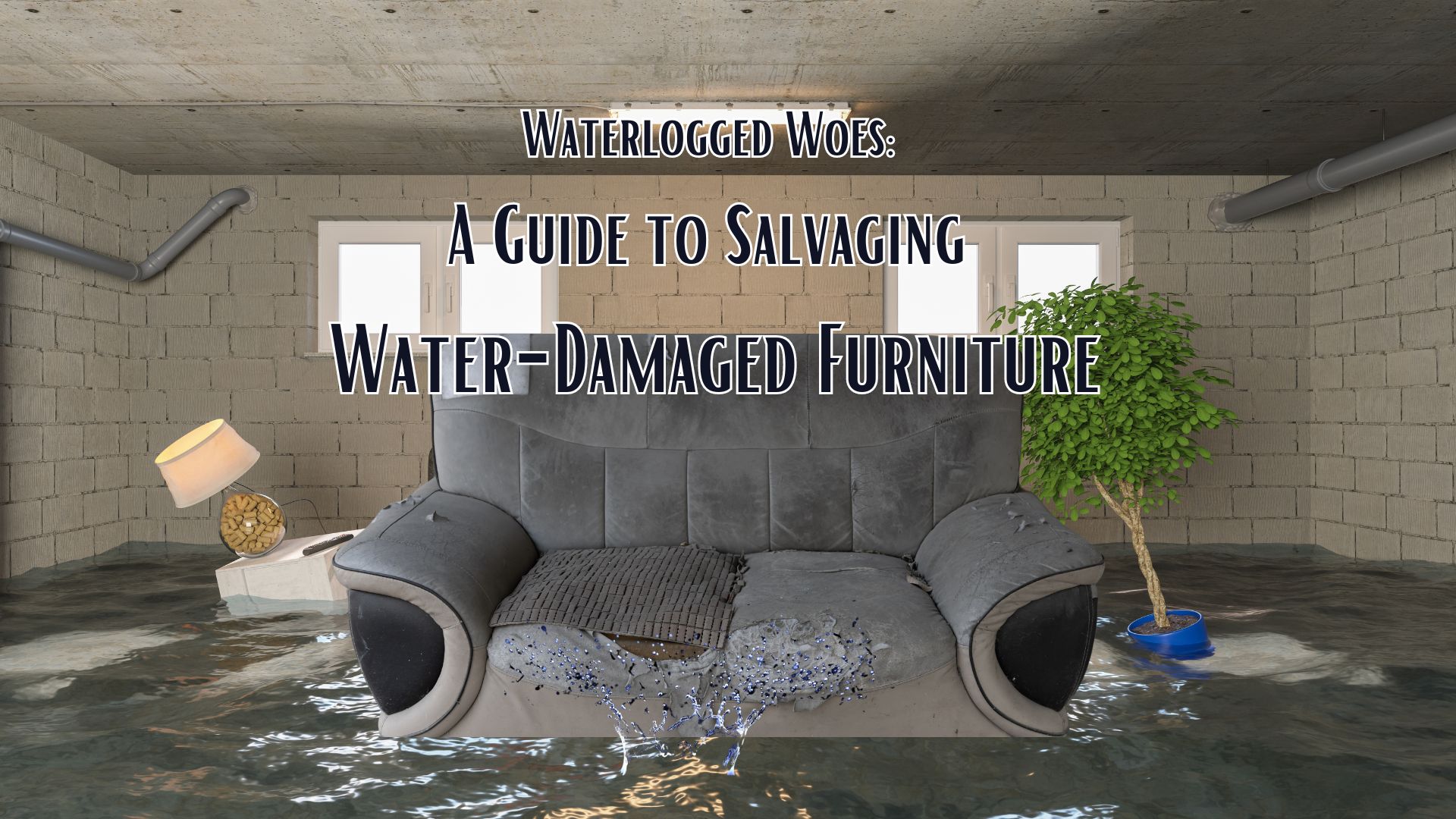
Read on to learn to define black water.
Water is an irreplaceable and indispensable resource that supports and nurtures all forms of life on our planet. Its conservation and responsible management are crucial for a sustainable future. However, not all water is created equal. There are different types of water, each with unique characteristics and uses. One such type is “black water,” a term often associated with wastewater. In this article, we will delve into the world of black water, exploring its composition, sources, potential dangers, and how it can be managed to protect our environment.
Define Black Water.
Black water is a type of wastewater that contains human waste, pathogens, chemicals, and other contaminants. It is called “black water” because it has a dark appearance due to the presence of fecal matter and organic waste. It is different from gray water, which is wastewater from sources like showers, bathtubs, and laundry. Black water contains a higher level of pollutants and poses greater health risks compared to gray water.
Sources of Black Water
What is black water? Black water mainly comes from domestic and commercial establishments. It is generated from toilets, urinals, and sewage systems, as they carry a mixture of human waste and toilet paper. Additionally, kitchen sinks and garbage disposals can contribute to black water by introducing food waste, oils, and detergents. In industrial settings, black water can be produced through various processes and facilities, potentially containing additional chemical contaminants depending on the specific operations.
Hazards and Health Risks
Black water is considered highly hazardous due to harmful pathogens, bacteria, viruses, and parasites. These contaminants can pose severe health risks when individuals come into contact with them. Exposure to black water can lead to gastrointestinal infections, waterborne diseases, and in extreme cases, even fatalities. If black water is improperly handled, treated, or disposed of, it can contaminate freshwater sources, soil, and ecosystems, further amplifying the risks to human health and the environment.
Managing Black Water

Given its potential dangers, proper management of black water is crucial to safeguard public health and the environment. Here are a few key approaches for handling black water:
- Septic Systems: Septic systems are wastewater treatment systems commonly used in areas that do not have access to centralized sewage treatment plants. These areas are typically rural or remote locations where it is not feasible or cost-effective to establish a network of pipes and infrastructure to transport and treat wastewater.
A septic system consists of a large underground tank and a drain field or leach field. The tank is usually made of concrete, fiberglass, or plastic and is buried in the ground. It is divided into two chambers, separating the solid waste from the liquid effluent.
When wastewater from toilets, showers, sinks, and other household sources enters the septic tank, it undergoes a process of separation and treatment. In the septic tank, solid waste sinks and creates a sludge layer at the tank’s bottom, while lighter substances like grease and oils rise and form a layer of scum on the top. Bacteria present in the tank help break down the organic matter in the wastewater.
Over time, the liquid effluent in the tank flows out into the drain field through perforated pipes or distribution boxes. The drain field is a shallow, excavated area filled with gravel or other coarse materials that allow for the distribution of the effluent into the soil. The soil acts as a natural filter, removing harmful bacteria, viruses, and nutrients from the effluent as it percolates through.
As the effluent moves through the soil, it undergoes further biological and chemical processes that help break down any remaining pollutants. These processes involve the activity of beneficial microorganisms and natural filtration mechanisms. Eventually, the treated effluent reaches the groundwater or surface water bodies, where it gets further diluted and assimilated.
- Sewage Treatment Plants: Sewage treatment plants are facilities commonly found in urban areas. They receive wastewater, known as black water, from various sources such as households, businesses, and industries. The purpose of these plants is to treat the wastewater and remove contaminants before releasing it back into water bodies like rivers or oceans.
Sewage treatment plants employ a mix of physical, biological, and chemical methods to accomplish the treatment process. Here’s a simplified explanation of these processes:
- Preliminary Treatment: The incoming wastewater goes through a preliminary treatment phase, where large debris like sticks, rocks, and plastics are removed. This is typically done through screens or grit chambers that catch and separate these solid materials.
- Primary Treatment: In this stage, the wastewater flows into large settling tanks called primary clarifiers. Here, the heavier solids settle to the bottom as sludge, while lighter materials like oils and grease float to the surface as scum. The settled sludge is removed for further treatment, and the partially treated wastewater moves to the next step.
- Secondary Treatment: The partially treated wastewater undergoes biological treatment in the secondary stage. It is transferred to large aeration tanks where bacteria and other microorganisms are introduced. These microorganisms consume and break down the organic matter present in the wastewater, further reducing the concentration of contaminants.
- Tertiary Treatment: In some cases, a tertiary treatment stage is employed to further purify the wastewater. This stage involves additional processes like filtration, disinfection, and chemical treatments to remove any remaining impurities and pathogens.
- Discharge or Reuse: After undergoing the necessary treatment processes, the final treated wastewater, called effluent, is released back into water bodies. The effluent is expected to meet specific standards and regulations to ensure it does not harm the environment or public health. In some cases, the treated water may also be suitable for non-potable uses such as irrigation or industrial purposes.
Sewage treatment plants play a crucial role in maintaining public health and protecting the environment by effectively treating and purifying wastewater. They help remove harmful contaminants and reduce pollution before the treated water is reintroduced into natural water systems.
- Innovative Technologies: Advancements in technology have brought about alternative systems for treating black water (wastewater). These innovative technologies offer more efficient and environmentally friendly ways to treat wastewater, while also providing opportunities for resource recovery and minimizing harm to ecosystems. Here are a few examples:
- Anaerobic Digestion
This technology involves the breakdown of organic matter in the absence of oxygen. Microorganisms break down the waste, producing biogas (methane and carbon dioxide) as a byproduct. Biogas can be captured and used as a renewable energy source. Anaerobic digestion not only treats wastewater but also provides energy generation and nutrient-rich byproducts that can be used as fertilizer.
- Membrane Filtration
Membrane filtration is a process that uses a fine physical barrier, called a membrane, to separate solids, bacteria, and other contaminants from the wastewater. It effectively removes pollutants and produces high-quality treated water. Membrane filtration can be combined with other treatment processes for enhanced water purification.
- Constructed Wetlands
Constructed wetlands mimic the natural processes of wetlands to treat wastewater. These engineered systems use a combination of plants, soil, and microorganisms to filter and purify the water. As the wastewater passes through the wetland, plants, and microbes remove pollutants through physical, biological, and chemical processes. Constructed wetlands provide an aesthetically pleasing and ecologically beneficial approach to wastewater treatment.
These innovative technologies offer several advantages. They can improve the efficiency of wastewater treatment, reduce energy consumption, and minimize the release of harmful substances into the environment. Furthermore, some of these technologies facilitate the recovery of valuable resources such as energy, nutrients, and water. By implementing these technologies, we can move towards more sustainable and environmentally conscious approaches to black water treatment.
- Awareness and Education: Awareness and education play a crucial role in promoting responsible handling and disposal of black water (wastewater). By increasing public awareness and understanding, we can prevent waterborne diseases and preserve water resources. Here’s a breakdown of the importance of awareness and education in this context:
- Potential Risks
Many people may not be aware of the potential risks associated with improper handling and disposal of black water. Wastewater can contain harmful pathogens, chemicals, and pollutants that, if released into the environment untreated, can contaminate water sources and pose health risks to humans and wildlife. Educating individuals about these risks helps them understand the importance of proper wastewater management.
- Responsible Practices
Awareness and education can promote responsible practices for handling black water. This includes proper use and maintenance of septic systems, adherence to local regulations and guidelines, and adopting water-conserving habits. By understanding the impact of their actions, individuals can make informed decisions and take steps to minimize the negative effects of black water on the environment and public health.
- Waterborne Disease Prevention
Educating communities about the link between untreated wastewater and waterborne diseases is crucial. Understanding how pathogens in black water can contaminate drinking water sources and cause illnesses highlights the importance of proper treatment and disposal. By promoting hygiene practices and emphasizing the significance of safe water sources, awareness campaigns can contribute to reducing waterborne diseases.
- Water Resource Preservation
Effective wastewater management is essential for preserving water resources. Educating the public about the finite nature of freshwater supplies and the need for conservation encourages responsible water usage. By raising awareness about the impact of wastewater on water bodies, ecosystems, and overall water availability, individuals can make conscious choices to reduce their water footprint and protect this vital resource.
In summary, awareness and education campaigns about black water management help individuals understand the potential risks, promote responsible practices, prevent waterborne diseases, and contribute to water resource preservation. By empowering individuals with knowledge and encouraging responsible behavior, we can create a more sustainable and healthier environment for all.
Superior Restoration Can Assist You!
Blackwater, with its significant health risks and environmental implications, demands our attention and careful management. Understanding its composition, sources, and potential hazards empowers us to adopt responsible practices and support initiatives aimed at treating and disposing of black water in an environmentally sustainable manner. By prioritizing the safe handling of black water, we can protect both public health and the precious water resources on which we all depend.
One company that can provide valuable assistance in managing black water and its associated challenges is Superior Restoration. With their expertise in water damage restoration and specialized knowledge in dealing with black water incidents, Superior Restoration offers comprehensive solutions to mitigate the risks and consequences of black water contamination.
Superior Restoration’s trained professionals understand the urgency and sensitivity required when dealing with black water situations. They employ industry-leading techniques and equipment to safely extract, contain, and remove black water from affected areas. By utilizing advanced cleaning and disinfection methods, they ensure that the affected spaces are thoroughly sanitized, minimizing the potential for further health hazards.
Furthermore, Superior Restoration offers efficient drying and dehumidification services to prevent mold growth and structural damage following black water incidents. Their restoration experts can assess the extent of the damage, develop tailored mitigation plans, and work diligently to restore affected properties to their pre-loss condition.
By partnering with Superior Restoration, individuals, and businesses can benefit from their extensive experience and commitment to providing swift, reliable, and professional black water restoration services. Through their expertise, they contribute to the overall management and resolution of black water incidents, promoting communities’ well-being and preserving our environment.
Open 24/7, particularly in emergencies. Call us today for your restoration needs!



